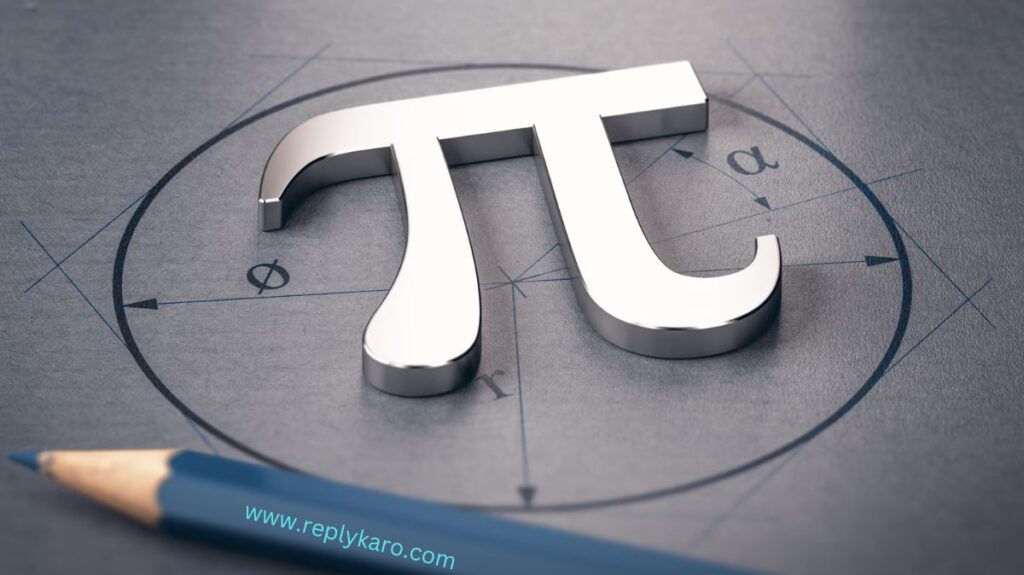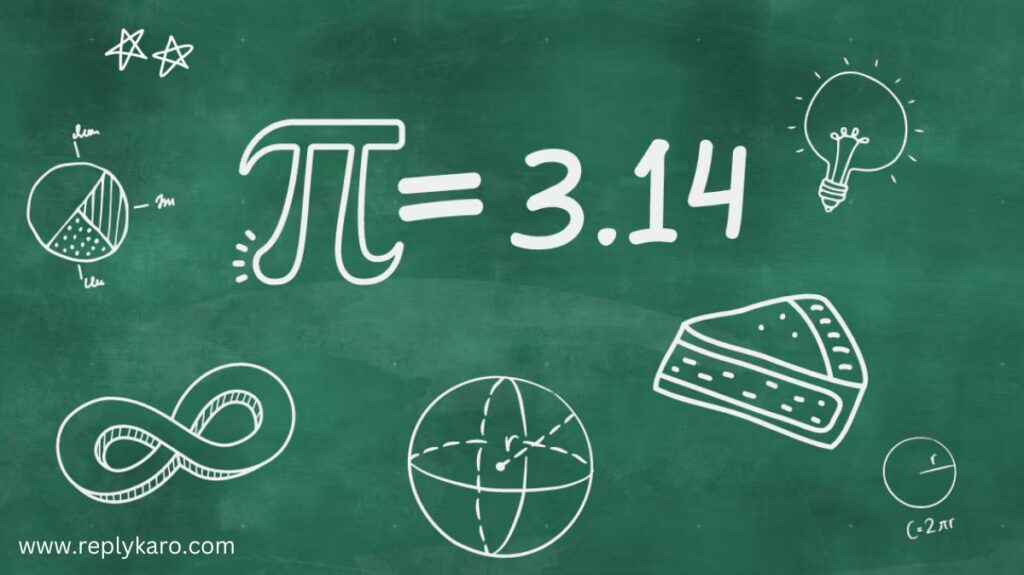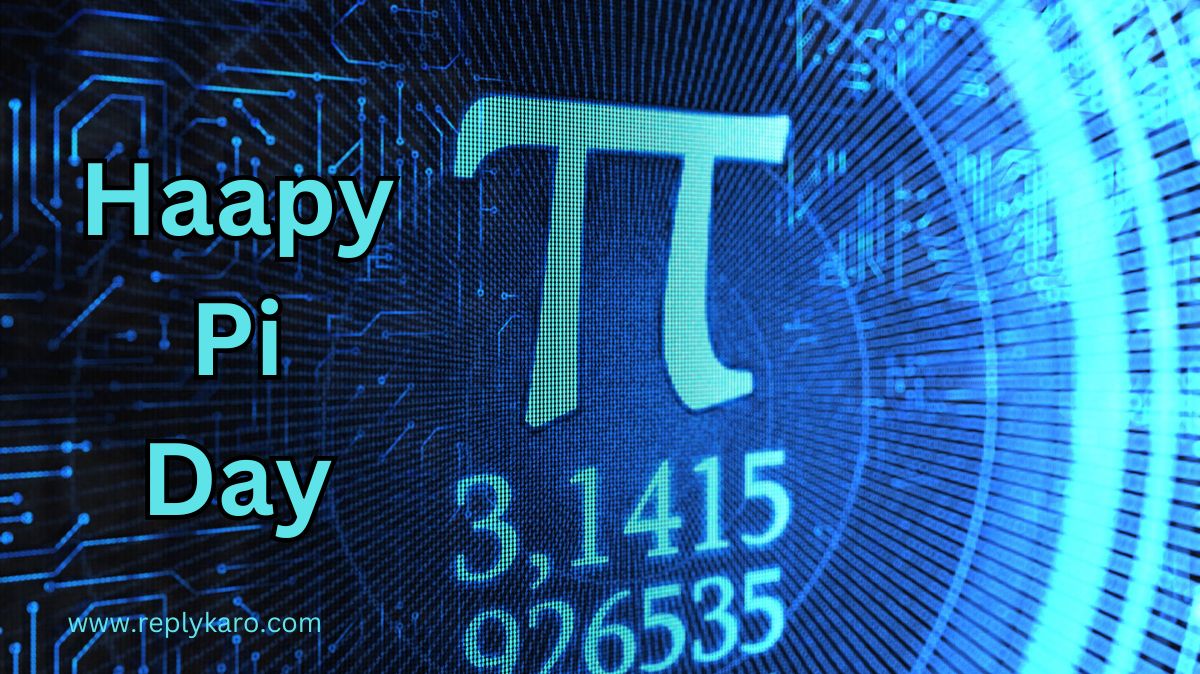Every year on March 14th, math enthusiasts and pie lovers alike come together to celebrate Pi Day. This quirky holiday, brimming with mathematical intrigue and delicious indulgence, is a testament to the fascinating world of numbers and the never-ending quest for knowledge. But what exactly is Pi Day, and how did it become such a beloved tradition?
The Magic of Pi: A Circle’s Constant Companion
The star of Pi Day is pi (π), a mathematical constant representing the ratio of a circle’s circumference to its diameter. No matter the size of the circle, this ratio will always be approximately 3.14159. Pi is an irrational number, meaning its decimal representation never repeats and never terminates. Mathematicians have calculated trillions of digits of pi, yet its exact value remains elusive. This very characteristic – its endless nature – adds to the mystique surrounding pi and fuels the challenge of memorizing its digits.
A Slice of History: The Birth of Pi Day
The story of Pi Day’s origin takes us back to 1988 at the Exploratorium, a science museum in San Francisco. Physicist Larry Shaw is credited with organizing the first-ever Pi Day celebration. According to some accounts, the celebration included employees marching around the museum’s circular building at 1:59 pm – a clever nod to the first three digits of pi (3.14). The punny association with pie, a delicious circular treat, made the celebration even more delightful. The idea resonated with educators who saw the potential of Pi Day to make learning about mathematics fun and engaging. Word spread, and Pi Day celebrations began popping up in schools and communities across the globe.
A Celebration of Many Flavors: How the World Celebrates Pi Day
Pi Day festivities come in all shapes and sizes. Schools often organize pi recitation contests, where students compete to memorize and recite as many digits of pi as possible. Teachers get creative, incorporating pi into baking lessons or using it as a springboard for discussions on geometry and infinity. Libraries host events focusing on the history of pi and its applications in science and engineering.
Many bakeries and restaurants offer special Pi Day deals on pies. Some even get creative with their pie shapes, offering digits of pi formed from crust or fruit fillings. Online communities host pi recitation challenges, and social media explodes with pi-themed jokes, puns, and memes.
Beyond the Pie: The Significance of Pi
Pi’s importance extends far beyond its role in calculating the area and circumference of circles. It shows up in countless areas of mathematics, physics, engineering, and even computer science. From calculating the volume of spheres to designing spacecraft trajectories, pi is an indispensable tool that underpins many scientific advancements.
More Than Just a Number: The Allure of Pi
The fascination with pi goes beyond its practical applications. There’s a certain beauty in its unending string of digits, a testament to the infinite complexity of mathematics. Pi Day serves as a reminder that even the simplest shapes can hold profound mathematical mysteries.
Looking Ahead: The Future of Pi Day
As Pi Day continues to gain popularity, its reach is expanding. In 2019, UNESCO (the United Nations Educational, Scientific and Cultural Organization) designated March 14th as International Day of Mathematics, further solidifying the link between Pi Day and the celebration of mathematics worldwide.
Pi Day serves not only to celebrate a mathematical constant, but also to ignite a passion for learning and exploration. It’s a day to embrace the wonder of numbers, the joy of discovery, and of course, the deliciousness of pie. So, next March 14th, grab a slice of pie, challenge yourself to memorize a few digits of pi, and join the global celebration of this fascinating number and the magic of mathematics.

Delving Deeper: Exploring the Fascinating World of Pi
While the previous section provided a broad overview of Pi Day, there’s much more to explore in the captivating world of pi. Here’s a deeper dive into some of the intriguing aspects of this mathematical marvel:
Pi Through the Ages: A Historical Journey
The concept of pi has captivated mathematicians for centuries. Early civilizations in Mesopotamia and Egypt developed approximations for pi, albeit cruder methods compared to what we have today. The Babylonians used a formula that yielded a value of pi around 3.125, while the Egyptians arrived at an estimate closer to 3.16.
The Greek mathematician Archimedes, who lived in the 3rd century BC, is credited with developing a more sophisticated method for calculating pi. He inscribed a regular polygon with 24 sides inside and outside a circle, progressively doubling the number of sides to get closer and closer to the true value of pi. His calculations yielded a value between 3.1408 and 3.1428, remarkably accurate for its time.
The symbol “π” to represent the ratio of a circle’s circumference to its diameter was first used by Welsh mathematician William Jones in 1706. However, it was Swiss mathematician Leonhard Euler who popularized the symbol in the mid-18th century, making it the universally recognized symbol for pi today.
The Quest for More Digits: Pushing the Boundaries
The relentless pursuit of more digits of pi has been a constant theme throughout history. With the advent of powerful computers, the number of calculated digits has exploded. In 2021, a team at Google smashed previous records by calculating pi to a staggering 62.8 trillion digits!
While calculating more and more digits seems mind-boggling, it serves a purpose beyond bragging rights. An immense number of digits allows for incredibly precise calculations in various scientific fields, from astronomy and physics to computer graphics and engineering.

Pi in Action: Applications Across the Disciplines
Pi’s influence extends far beyond geometry. Here are a few examples of how pi plays a crucial role in various disciplines:
- Physics: Pi is essential in calculating the motion of planets, the properties of waves, and the behavior of light.
- Engineering: From designing bridges and buildings to creating electrical circuits and computer chips, pi is a fundamental tool for engineers.
- Statistics: The bell curve, a cornerstone of statistics, relies on pi to define its shape and properties.
- Computer Science: Pi is used in algorithms for image compression, cryptography, and computer graphics.
The Memorization Feat: The Allure of Reciting Pi
Pi recitation contests are a staple of Pi Day celebrations. Memorizing vast stretches of pi digits requires dedication, focus, and a good memory technique. The current world record for pi recitation stands at over 70,000 digits, achieved by Rajesh Kumar Maurya of India in 2021.
But memorizing pi isn’t just about competition. For some, it’s a mental challenge, a test of their cognitive abilities. For others, it’s a way to connect with the beauty and complexity of mathematics on a deeper level.
Pi in Popular Culture: Beyond the Classroom
Pi’s presence isn’t confined to academic circles or scientific labs. It has permeated popular culture, showing up in movies, literature, and even video games. The 1998 movie “Pi” explores the psychological obsession of a mathematician with the number. The novel “Life of Pi” by Yann Martel features a shipwreck survivor stranded on a boat with a Bengal tiger named Pi. Even the video game series “The Legend of Zelda” incorporates references to pi.
The Enduring Legacy of Pi Day
Pi Day serves as a springboard for igniting a love for math and science in young minds. It’s a day to appreciate the elegance and power of mathematics, a field that underpins countless advancements in our world. But beyond the academic aspects, Pi Day is also a day for fun, indulgence, and a shared appreciation for the deliciousness of pie.pen_spark








